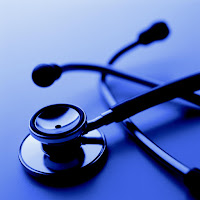Cardiac Arrest
• Cardiac arrest involves cessation of cardiac mechanical activity as confirmed by absence of signs of circulation (eg, detectable pulse, unresponsiveness, and apnea). PATHOPHYSIOLOGY • Coronary artery disease is the most common finding in adults with cardiac arrest and causes ~80% of sudden cardiac deaths. In pediatric patients, cardiac arrest typically results from respiratory failure or progressive shock. • Two different pathophysiologic conditions are associated with cardiac arrest: ✓ Primary: arterial blood is typically fully oxygenated at the time of arrest. ✓ Secondary: results from respiratory failure in which lack of ventilation leads to severe hypoxemia, hypotension, and cardiac arrest. • Cardiac arrest in adults usually results from arrhythmias. Historically, ventricular fibrillation (VF) and pulseless ventricular tachycardia (PVT) were most common. The incidence of VF in out-of hospital arrests is declining, which is of concern because survival rates are highe...

